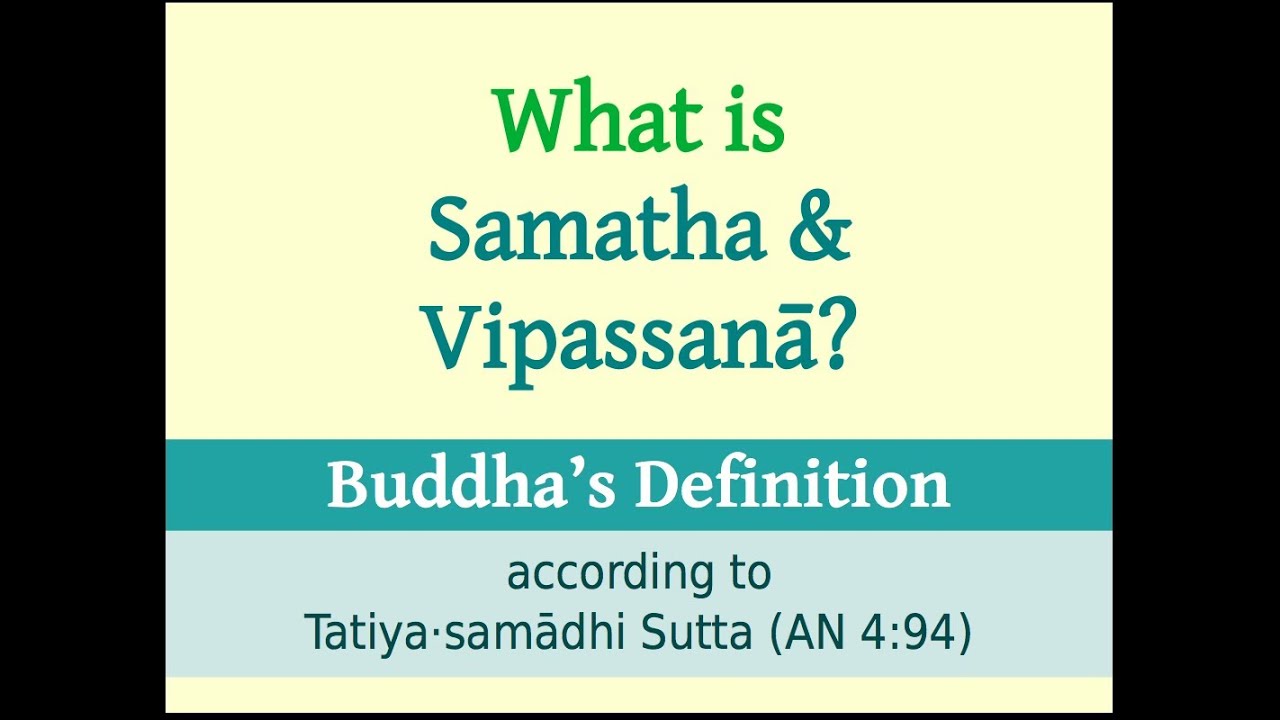Thanks Frankk. In this particular context, which seems a common one where the Buddha is saying that advice he often seems to say at the end of suttas, what can we surely assume this word covers? The reason that I ask this is because the whole Noble Eightfold Path seems to be centred around jhāna (it being the 8th step of the path which the whole path leads up to) and the Buddha’s main practice it seems. So I would not be surprised if it really did specifically mean jhāna in this context. What evidence do we have to suggest it is not specifically referring to jhāna?
If you look in AN 1, there’s a large section of contiguous suttas on the topic “not neglecting jhana”.
They start off with 4 jhanas, 4 aspects of right effort, 4 satipatthana, then expands to brahmaiharas, formless attainments, and all 37bp (wings to awakening). I don’t remember the exact order.
Where you see the verb jhayati used in the EBT, and especially in the short verse type passsages like in KN Sn (sutta nipata), from context you can’t pin down exactly what he means about jhana. Sometimes it seems restricted to samadhi khandhas (right concentration, effort, minduflness), sometimes it seems to be referring to the entire noble eight fold path.
Could you provide quotes and if possible reasoning to back up the claim regarding jhāna referring to right effort and right mindfulness?
And regarding the Noble Eightfold Path - I see it as a path of jhāna, quite specifically. So it may make sense that the Noble Eightfold Path is a reference to jhāna, and so jhāna referring the the Noble Eightfold Path makes sense in that regard. But could you provide sources and reasoning of examples where jhāna refers to the whole path?
Thanks!
I am putting together notes with sutta quotes on all of this, will not have it done for at a least a few weeks though. The AN 1 suttas I mention above make it clear jhāna has a full range of operation in all 37bp.
The frequently used phrase that goes something like: “here is a foot of a tree, here an empty hut, do jhāna, lest you regret it later, that is our instruction to you.” There’s even one of the samyuttas where every sutta ends with that phrase, but B.Bodhi ellided out the repetitions so it’s not so obvious. But if you look at all the suttas that use the jhāyati phrase above, you’ll see jhāna has a range more than just a sitting still version of samma samadhi.
If you look at collections like sutta nipata, dhammatalks.org has Ven T (thanissaro) completely translated version, search for “jhān” and you’ll where where jhayati and jhana occur, these are all very sparse pithy verses and instructions, so the jhana can mean quite a range. It’s not explicit, so know one can say for sure, but based on the AN 1 quotes and the “practice jhana lest you regret it later” quotes, that’s how I came to my interpretation, which seems to agree with most translators.
Samapatti is a term for sitting in a prolonged meditative state if I am not mistaken.
The dictionary has samāpatti as attainment; I think it’s more specifically associated with the formless attainments. Of course, that may be consistent with the sense you’re getting at if those are usually entered into for some prolonged period of time?
Patañjali Yoga Sūtra also makes mention of samāpatti in a meditative context.
Samāpatti is a term for certain meditative attainments such as the four jhānas, four formless attainments and the attainment of the cessation of perception and feeling.
Samāpajjanaṃ is the act of attaining those attainments, but is only found in the commentaries.
Samadhi has the whole range of levels from a lower level to higher level and many kinds.
In Pali, it recognizes it’s distinct levels.
It appears that in English translations they use a broad brush and paint all of them as one kind.
Bhanthe, does samāpatti etymologically refer to the entering-attainment of that state rather than prolonged absorption in it?
with metta
I’ll have to look into it and get back to you. It’s not a word I’ve given much thought to in a long time.
Thank you for your time, Bhanthe.  It is commonly means prolonged absorption in Sri Lanka, AFAIK, and that might be a later development of the meaning of the term.
It is commonly means prolonged absorption in Sri Lanka, AFAIK, and that might be a later development of the meaning of the term.
with metta
Viveka: doesn’t abide in seclusion mean meditate (and not have a nap, as someone recently pointed out!)
As far as I know, the term samāpatti in the texts (including the Atthakathā) doesn’t carry any implications about the duration that the yogi remains in it. In fact I don’t know of any term for a meditative state that does carry such implications. Length of time is normally indicated by the addition of extra words.
Then at that time the Gracious One was sitting in one cross-legged posture for seven days experiencing the happiness of freedom. Then with the passing of those seven days the Gracious One, after rising from that concentration (tamhā samādhimhā), looked around the world with his Buddha-eye.
Ud3.10
Interesting. Much appreciated. 
